DS 160 Tutorial Guide 4 of 12
DS 160 Tutorial Guide 4 of 12
Video Transcript – Part 4 – Form DS-160 Guide – Address and Phone Information
Welcome to Part 4 in this series of our DS-160 Guide
Welcome to Part 4 of our Form DS-160 video series. In this section, you will be required to enter information about your present address and contact information, and then we’ll move on to your travel plans.
Home Address & Contact Information
In this section, you will be required to enter information about your present address and contact information, and then we’ll move on to your travel plans. Many clients ask whether they should use their home country address or their American address, if they have one. The best advice is to always put your home country address (foreign address) unless you have been living in the U.S. for some years (perhaps on a work visa or previous E-2 visa and now no longer have a foreign address).
Another reason why you should enter your home address is that the Embassy where you will be making your application needs to be sure you have a residential connection with that country, in addition to your foreign citizenship.
Please note that at the end of each page, there is a “Save” button or icon. Remember, the DS-160 system has a habit of timing out after just a few minutes of inactivity, and unfortunately, it doesn’t give you any warning before it does. If you’ve filled out several pages but didn’t save them, the system may time out, and all your progress could be lost. You’d have to start over from scratch, and nobody wants that. So, please save your work as you go—on every page.
Passport Information
Again, complete your passport information as illustrated below. This information should be copied directly from your passport.
Lost Passport – Answer ‘Yes’:
Travel Information
In this section, you’ll need to select the purpose of your trip and the specific visa category. For our example, we’re choosing the E-2 visa, but you should select the option that matches your own situation.
Take a look at the example below to see how the purpose of travel is selected from the dropdown menu. The process is the same regardless of which visa you’re applying for.
Length of Stay
When completing this section, you’ll be asked to indicate the length of your intended stay. While you can express your intention here, it’s important to understand that the final decision rests with the consular officer.
In practice, most E-2 visas are granted for a period of three years, even if the business is well-established or you request a five-year term. In some cases—typically involving larger or long-established businesses—the Embassy may issue a five-year visa, but this is less common.
Ultimately, the Embassy will determine the visa validity period based on the overall strength of your application, not just your selection in this field.
Where will you stay?
The Embassy will need an address where they might be able to reach you in case of an emergency. Therefore, enter the address you feel would be most reliable. Even a hotel address would be acceptable since it’s where you might be staying until you find somewhere more suitable long-term.
Travel Companion Information
If you are traveling with someone, make sure they are included in this section. Space is automatically provided for one traveling companion. At the very bottom of this section, there is an “Add Another” button that will enable you to add more, e.g., spouse and children.
Previous U.S. Travel Information
This is an important section, especially for those who’ve traveled to the U.S. frequently. Some applicants have entered and exited the country so many times that it’s hard to remember all the details, and that’s completely understandable.
The best approach here is to go through your current and old passports and try to identify any entry stamps into the U.S. From there, estimate the dates and duration of each stay as accurately as you can. If you’re unsure about exact dates, just make a good-faith effort to provide your best recollection.
If questions ever come up during your visa interview, you can explain that you answered based on the information you had available. What immigration officers are looking for is any pattern of extended or repeated stays that might suggest someone is trying to live in the U.S. without proper authorization.
For example, some individuals use the 90-day Visa Waiver Program repeatedly by coming for 90 days, leaving briefly, and then returning, repeating this process multiple times. Eventually, this kind of pattern raises red flags and leads to visa denials or additional scrutiny. Similarly, any previous overstays will become relevant here.
The bottom line: be honest and be thorough to provide a clear record of your travel history.
Previous Visa Issues
If you’ve held a U.S. visa before, you should be able to find the relevant information in your current or previous passport.
You’ll also be asked if you’ve been “ten-printed.” This means whether all ten of your fingerprints were taken, rather than just a single finger or thumb, during a past visa or immigration process.
Now, if you’ve ever had a visa refused or revoked, this is a serious matter. If you haven’t already discussed it with our office, you should do so as soon as possible. It’s important that we fully understand the circumstances so we can help prepare the proper documentation to explain what happened and why.
Similarly, if you’ve ever applied for travel through the Visa Waiver Program (ESTA) and were denied, please bring this to our attention. We’ll need to explore the reason for the denial and document it appropriately to avoid complications in your current application.
Honestly, most of our clients find the DS-160 form pretty straightforward to complete. That said, it’s totally normal to run into small questions along the way, and that’s exactly where this guide series comes in. It’s designed to help you move through the form smoothly and confidently.
Once again, saving every page as you make progress is critically important, so please don’t forget.
In the next part of this guide, we’ll walk you through the U.S. Point of Contact section, as well as the Family and Work History sections.
Attorney Chris M. Ingram
Chris M. Ingram, a U.S. Immigration Attorney, is originally from Northampton, England. He earned his BA (Hons) in Law from De Montfort University, Leicester, UK, in 1994. In 1996, he completed his Post Graduate Diploma in Legal Practice (PGDLP) at De Montfort School of Law, followed by a Master of Laws (LL.M.) from Huddersfield University, UK, in 1998. After relocating to the United States, Chris was admitted to the New York State Bar in 2003 and has been a proud member of the American Immigration Lawyers Association (AILA) since 2004.
Having experienced the U.S. immigration process firsthand with his wife and three children, Chris M. Ingram founded his law firm with a mission to ensure that every client receives the best possible immigration experience. He recognized the need for accessible and comprehensive immigration education, leading him to develop one of the most informative online platforms available today.
The Law Offices of Chris M. Ingram website now features:
- Over 1,000 pages of immigration resources
- Hundreds of educational videos on visa and green card options
- Client success stories and testimonials to inspire new applicants
We continually update and expand our content to keep visitors informed about the latest immigration policies, visa options, and legal strategies.
Our Commitment to You
Chris M. Ingram strongly believes that every potential client deserves a free consultation. This allows individuals to speak personally and confidentially with an immigration specialist about their visa, work permit, or green card options. Our goal is to provide the guidance and expertise needed to help you achieve your American Dream.
We’re delighted you’ve found us, and we look forward to helping you make your immigration journey a reality. You’ve come to the right place!
Important Notice
All videos and content created by the Law Offices of Chris M. Ingram are intended for general informational purposes only and do not constitute legal advice. If you require specific guidance regarding your immigration case, please contact our office for personalized legal assistance.
Additionally, all images used on our website and in our videos are licensed stock images for illustrative purposes only. They do not depict actual clients or staff members unless otherwise noted



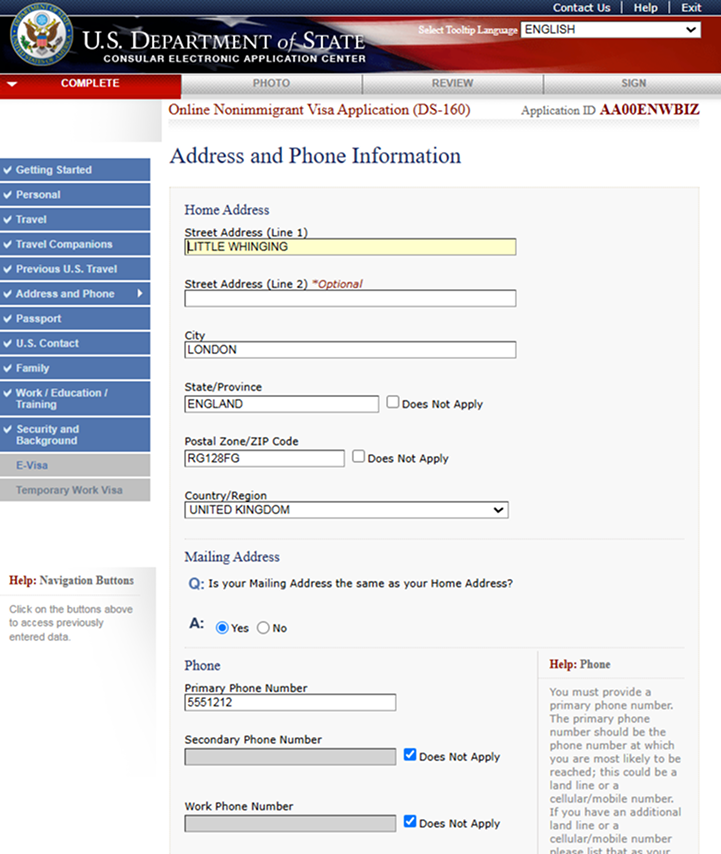
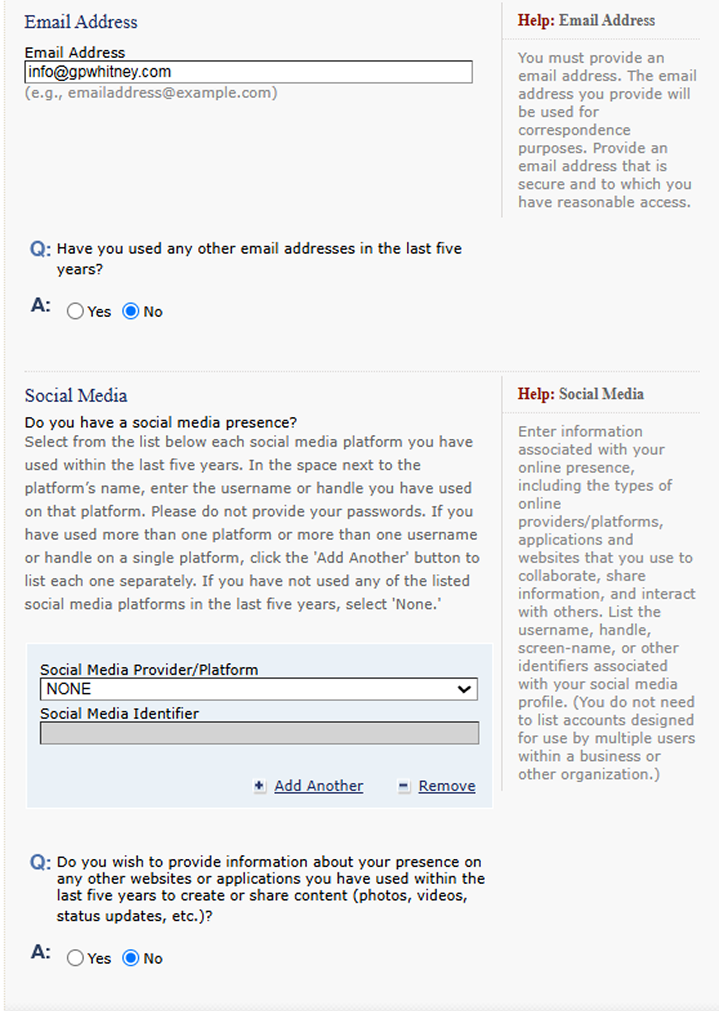
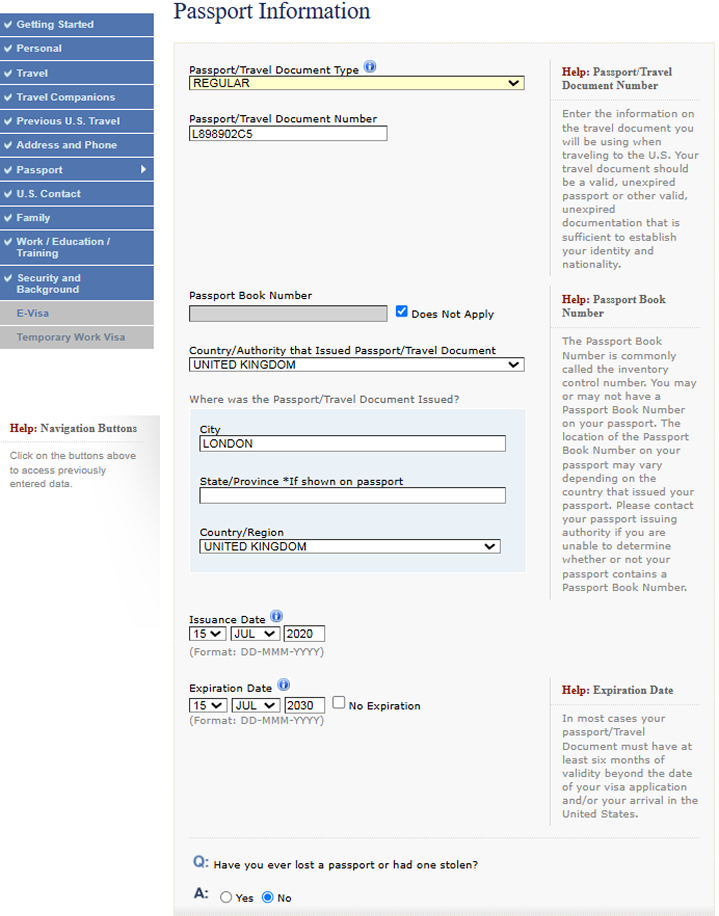
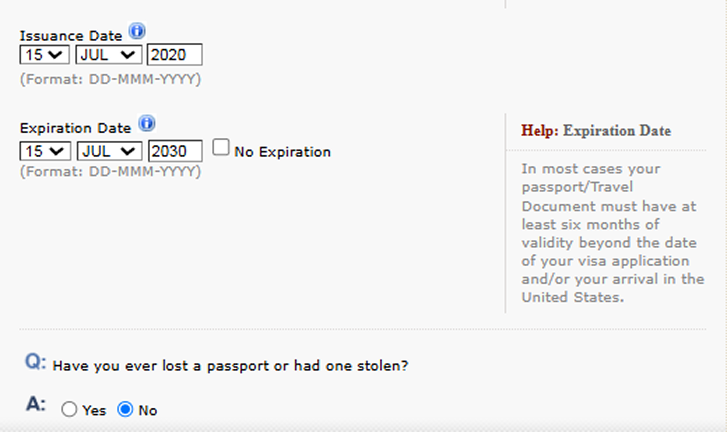
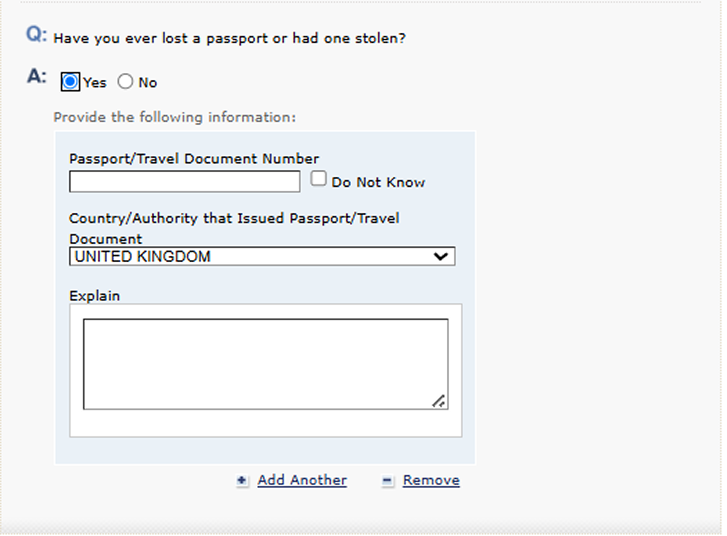
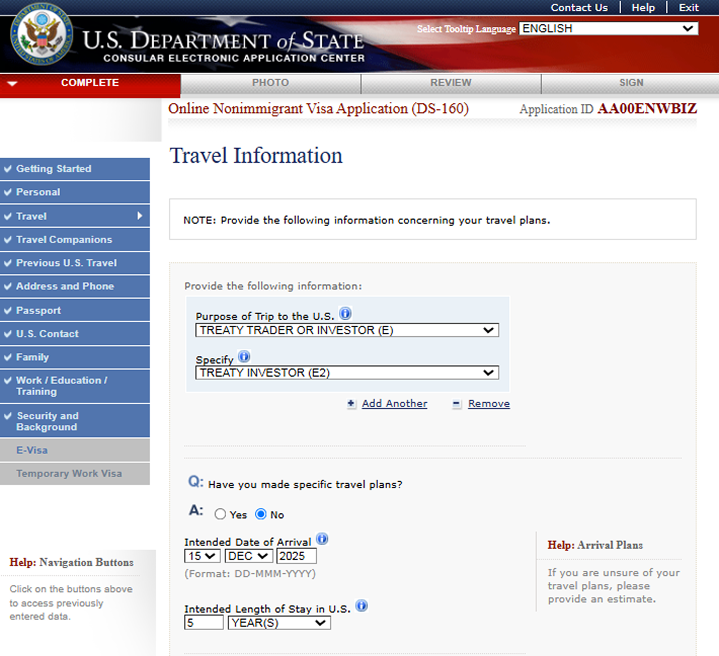
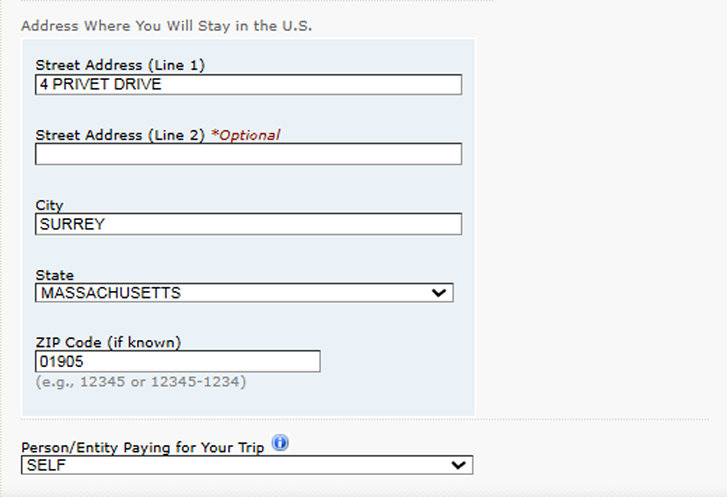
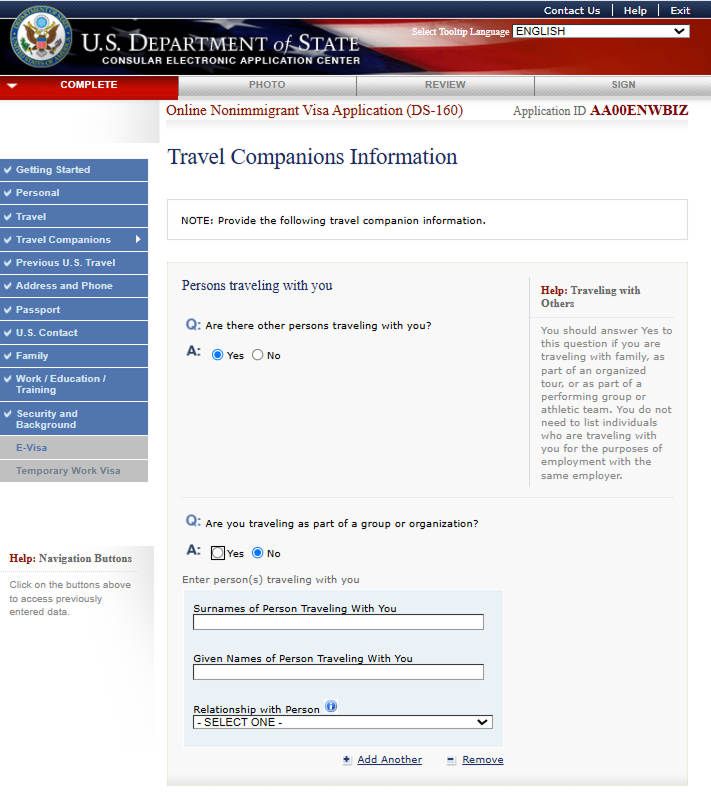
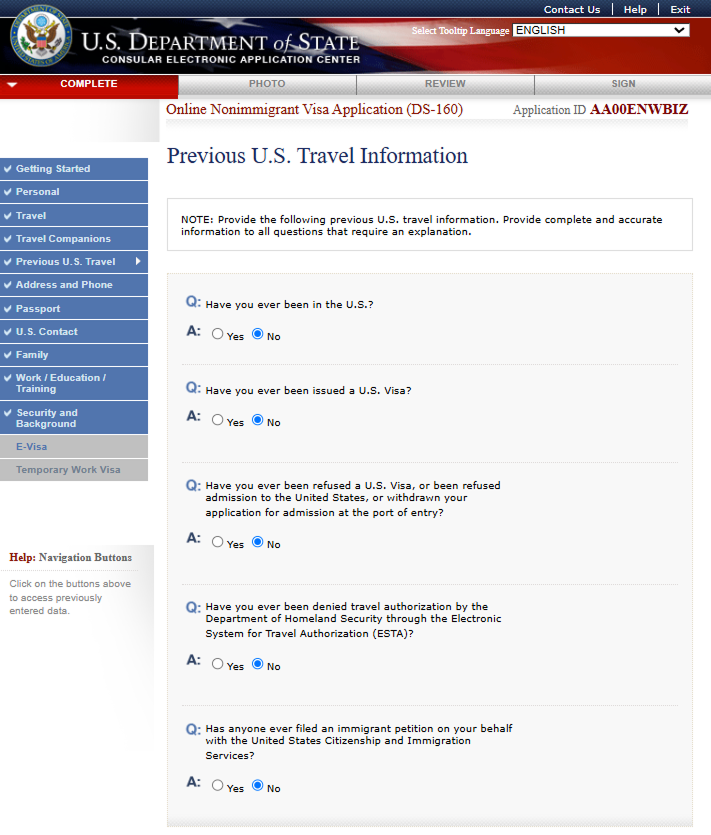
Comments on this entry are closed.